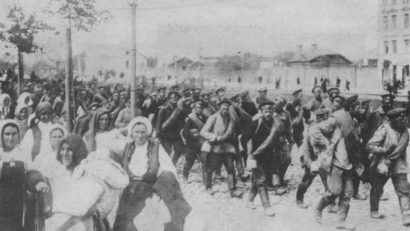
The breakout of the First World War left Romania in an awkward stance with regard to taking sides.
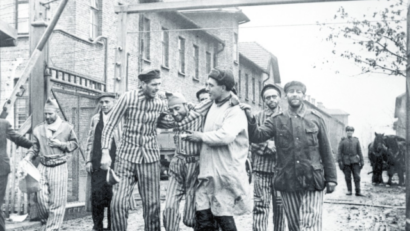
A look at the notorious death-camps from the lens of eye-witness accounts.
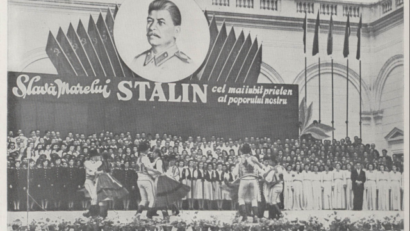
Anti-communist resistance in the early years of the communist regime

Letters dating back to the Great War are an important source for historians.
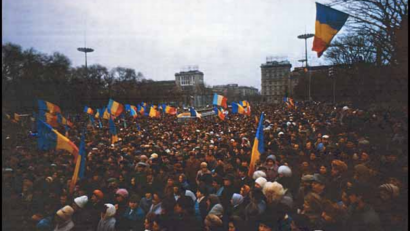
1989 was the year that brought freedom to Bessarabia, a territory annexed by the USSR in 1939, and again in 1944.
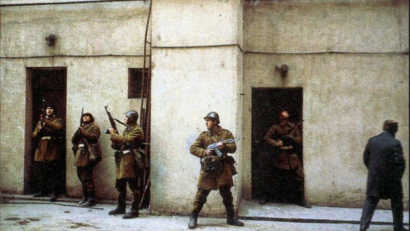
The 1989 Revolution was the most important event in the second half of the 20th century in Romania.

Romania was the only communist country where blood was spilled in the 1989 regime change.
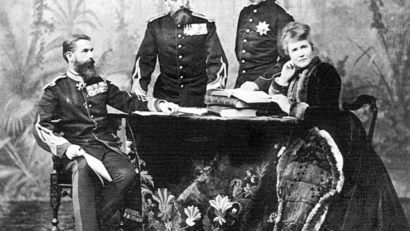
In mid 19th century the Balkan states were trying to get rid of the Ottoman influence and to adopt the western model of economic, political and society modernization.
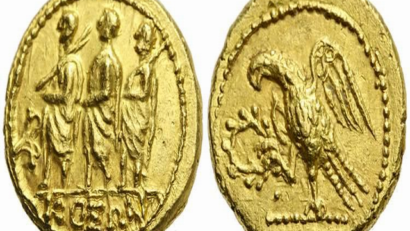
The present-day Romanian territory was first mapped as part of Tabula Peutingeriana, the Peutinger Table, a copy of a 2nd -- 3rd century Roman map...
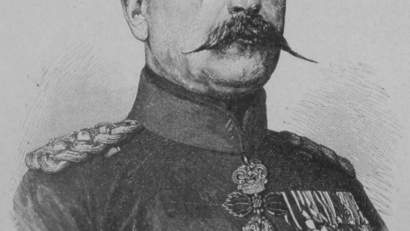
The man who stood behind the successful reign of his son, Carol I of Romania
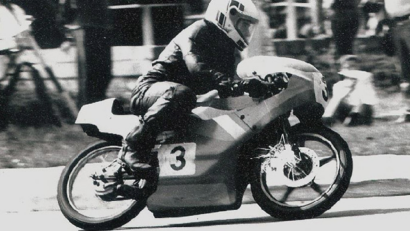
Motorcycling, like many other ‘cyclisms, is more than a hobby, its a way of life. Passionate riders can be recognized by their specialized gear, the helmets, the leather outfits, the boots, the goggles, the knee and elbow pads. Bikers are part of a grou

Comic books, a form of Western urban pop culture, was for that reason a victim of communist regime censorship.

A look at the early days of sports transmissions on Radio Romania.
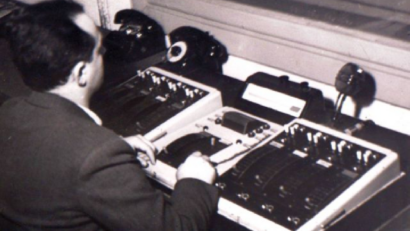
A look at the early days of the Romanian Radio Broadcasting Corporation
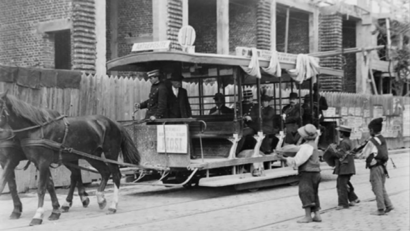
A look at how public transport was gradually introduced in Romania
